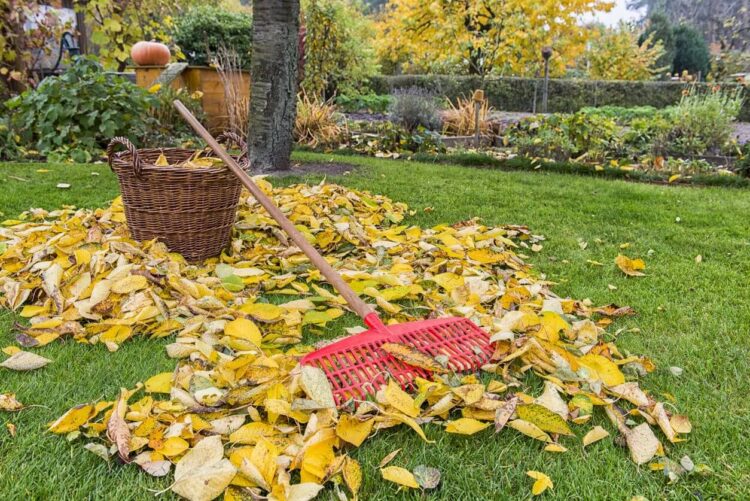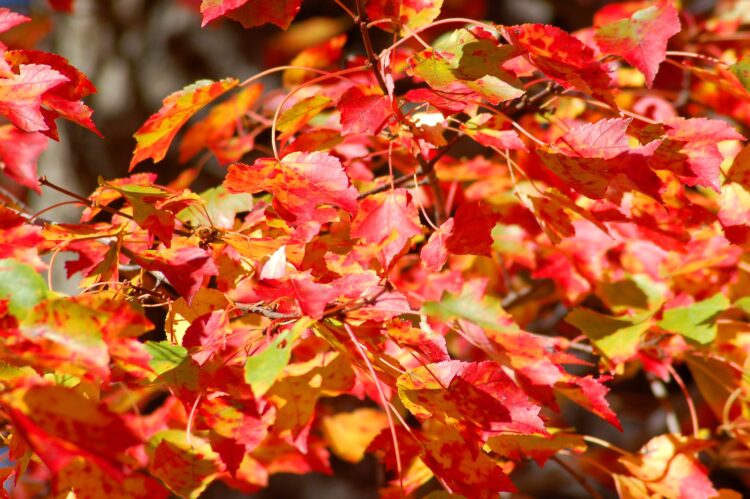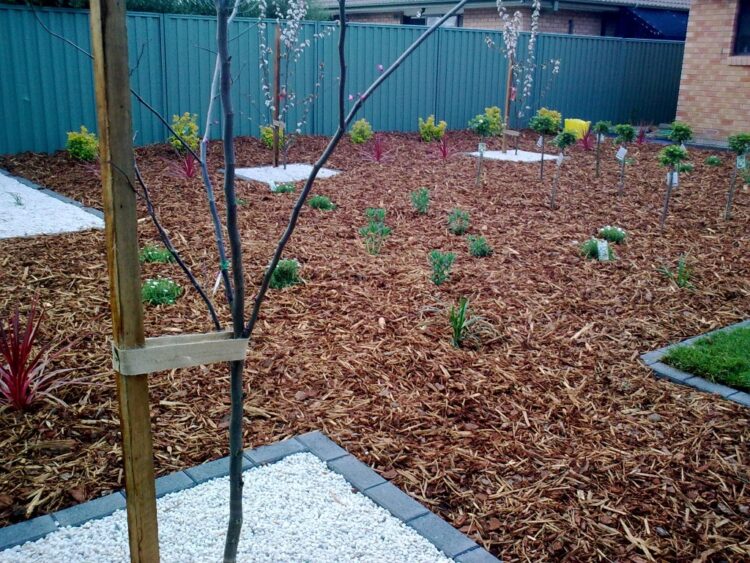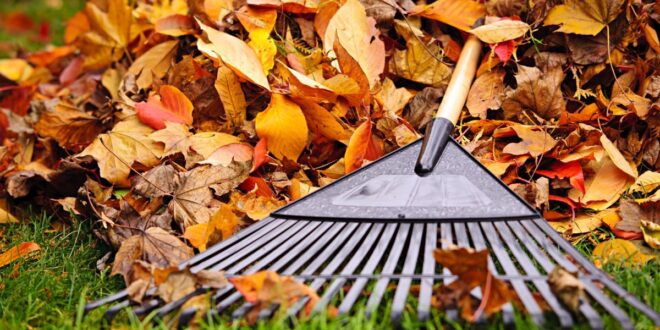Your lush garden was blooming during the spring and summer, but autumn is right around the corner and proper preparation is due. As the days grow colder, the plants mature and await the winter months of hibernation. This means that you ought to put your garden to bed, however not without adequate maintenance that will undoubtedly facilitate all the things which are to be done next spring. And don’t wait too long to roll up your sleeves, since early hard frost or snowfall may well catch you by surprise.
In order to ensure a bountiful and vibrant spring, manage soils and clean up the beds, plant spring-blooming bulbs and remove delicate summer bloomers. If you dedicate yourself to your garden in autumn, you’ll be able to enjoy a carefree winter and lots of free time to sit back and watch your garden bloom next year.
The Clean-Up

Don’t just leave your old plants in the ground until next spring. The fact that they look untidy is the least of your problems. While rotting away, they become perfect hosts for disease, pests and fungi. Pests are especially fond of laying eggs on your plants during the summer, hoping that they will be left alone and hatch during spring. According to allgreen.com.au, to prevent this from happening, remove your plants from the ground or bury them (provided they are disease-free), and give your soil some organic matter to improve its general health.
Get rid of dying leaves and collapsed stems either by pulling them by hand or cutting at the base. You can use some tools like leaf blowers to help you out. You can check sites such as bestleafblowercordless.com where you can find a variety of the tools for cleaning of the fallen leaves. You might want to leave some seed heads for the birds, but make sure you dispose of weeds so you can spread compost or manure over the soil to insulate plant roots and let the worms to their part over winter.
Prep Your Lawn

During the summer months, your lawn can get worn out and full of weeds. September would be the perfect time for you to spruce it up a bit, and give it some much-needed revitalization so it can endure the winter temperatures. Feed it well using the autumn lawn fertilizer, high in phosphates. It helps develop strong roots and produce healthy blades. Be sure to rake your lawn to reduce the layers of debris, dead grass, old moss and the like, so the water and fertilizer have a clear passage. You can also make your lawn winter-resistant with cool-season grasses.
According to Jim’s Moving website, shade-adapted varieties are perfect for the autumn and winter months when there is less sunlight, and raking is the ideal preparation for overseeding and improving your turf’s durability.
Clear the area
During the months of the year where gardening is out of season, it is easy to allow a build-up of excess junk in your yard to get out of hand, such as green waste or old unused household items. A yard is one of the easiest places to store unwanted junk, so it’s not uncommon to allow these piles to slowly get out of hand. An excess of junk like this will only create issues when trying to maintain your garden during seasons such as fall and winter as it will create an obstacle when performing your necessary maintenance tasks. On top of that, when your garden finally blossoms during the prime season, piles of junk in the yard appear unsightly and significantly reduce the beauty of the garden that you worked so hard for.
A build-up of junk can sometimes be unpreventable, but a scheduled clear up of the area can quickly make your yard look new again and make maintenance easier. Whether you do the junk clear out yourself, or hire a rubbish removal professional to clean up the green waste or general junk for you, removing the junk from your yard is essential for keeping your garden maintained and prepped for all seasons.
Cover Crops to the Rescue
When it comes to lawn care, consider using cover crops or, as they are often called, green manure crops. Grains, grasses or legumes that you plant will grow in fall and winter, during which time they reduce soil compaction and prevent erosion. Cover cropping is a natural, rewarding way of providing your plants with fertilizer and nutrients.
It also helps manage disease and ensures protection between plantings. Some of the best ones to plant are hardy legumes, Berseem and Crimson clover, winter rye, oats, to name a few. The seeds should be sown at least 30 days before the first expected fall frost to ensure sufficient nutrition and protection.
Mind Your Trees

If you have trees in your garden, inspect them for damaged or rotting branches that can easily cause harm to people and property if not dealt with correctly. Autumn is the right time for it since the majority of trees shed their leaves, which makes the bare branches easier to inspect. Should you wish to add some vibrant autumn colors to your garden, choose trees that will take on the role of colored flowers after they have finished with their summer display.
There are trees suitable for both small and big gardens, the most popular ones being the Katsura tree, Japanese and Red Maple, the Sweetgum, the Rowan tree, and the Common beech.
Prepare the Beds for Planting

Cooler weather means dividing and moving your perennials. Try to manage this a couple of weeks before the first frost, so that your plants may have the time to recover from the shock of the transplant and to establish new roots. Several inches of mulch that you can use to cover garden beds will make a good protective layer from the cold winter.
Also, this is the time to plant bulbs that will bloom at the first signs of spring. Opt for scented flowers such as daffodils or hyacinth that will give your garden that long-awaited spring fragrance at the beginning of next season.
An autumn garden prep will definitely make it easier for you to manage it during spring. In the long run, putting in some extra effort at the end of summer will pay off handsomely and keep your garden healthy. You can rest easy that it will get through the winter without any major damage no matter the temperature, and that your spring garden preparation will not be time-consuming at all, allowing you to fully enjoy the first months of warm weather.
 Hi Boox Popular Magazine 2024
Hi Boox Popular Magazine 2024



